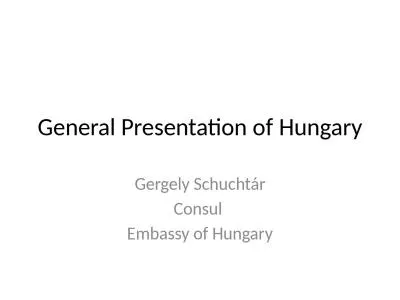PPT-The history of institutions in Hungary: what can we learn from it for the future?
Author : liane-varnes | Published Date : 2018-03-11
Agnes Turnpenny Gabor Petri Julie BeadleBrown Open University Milton Keynes 08 07 2016 Outline Overview of the history of institutions in Hungary Current reforms
Presentation Embed Code
Download Presentation
Download Presentation The PPT/PDF document "The history of institutions in Hungary: ..." is the property of its rightful owner. Permission is granted to download and print the materials on this website for personal, non-commercial use only, and to display it on your personal computer provided you do not modify the materials and that you retain all copyright notices contained in the materials. By downloading content from our website, you accept the terms of this agreement.
The history of institutions in Hungary: what can we learn from it for the future?: Transcript
Download Rules Of Document
"The history of institutions in Hungary: what can we learn from it for the future?"The content belongs to its owner. You may download and print it for personal use, without modification, and keep all copyright notices. By downloading, you agree to these terms.
Related Documents


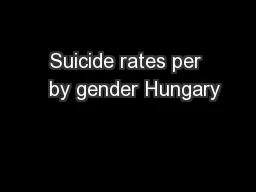




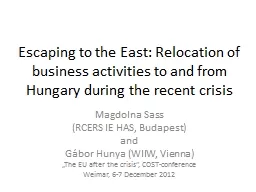

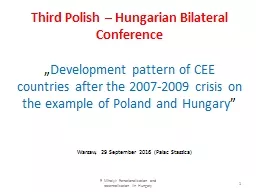
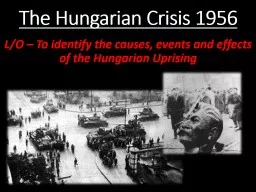

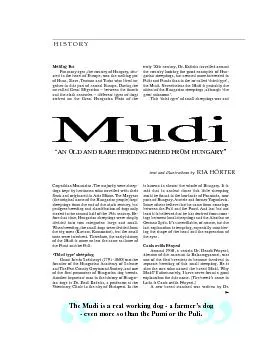
![Download Book [PDF] Texas vs. California: A History of Their Struggle for the Future of](https://thumbs.docslides.com/1019120/download-book-pdf-texas-vs-california-a-history-of-their-struggle-for-the-future-of-america-a.jpg)
